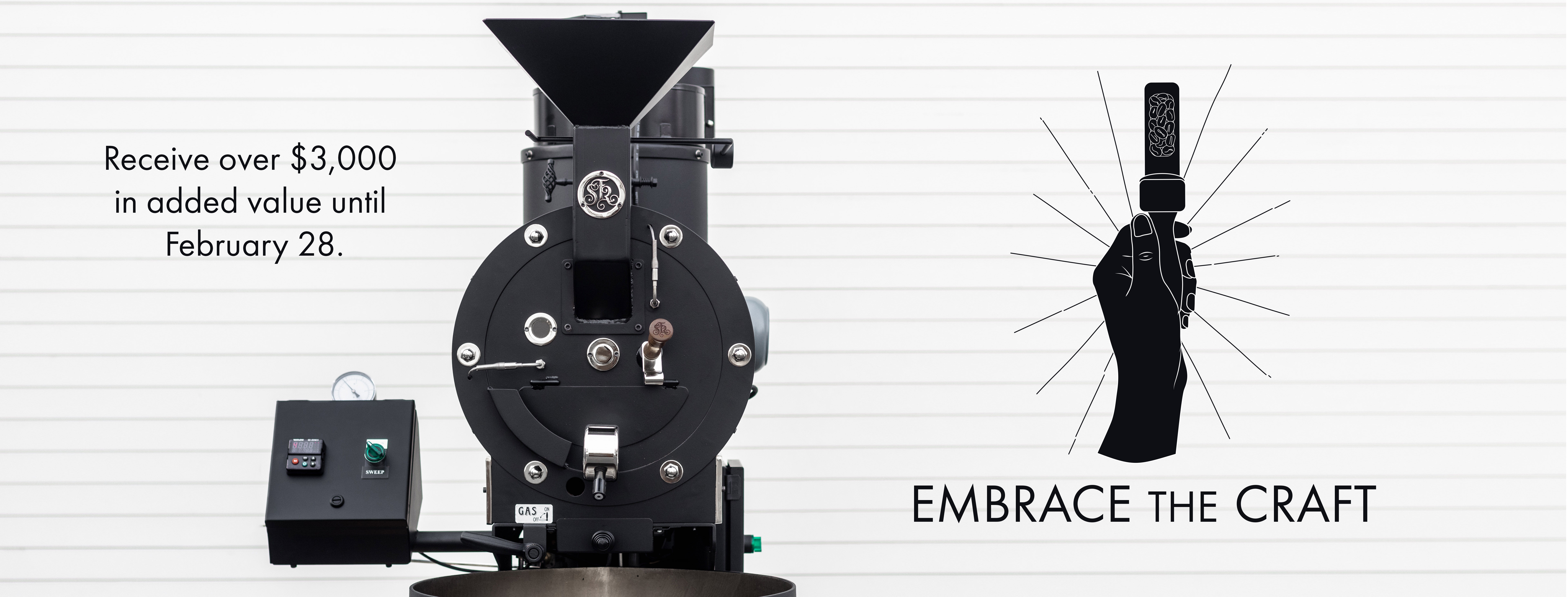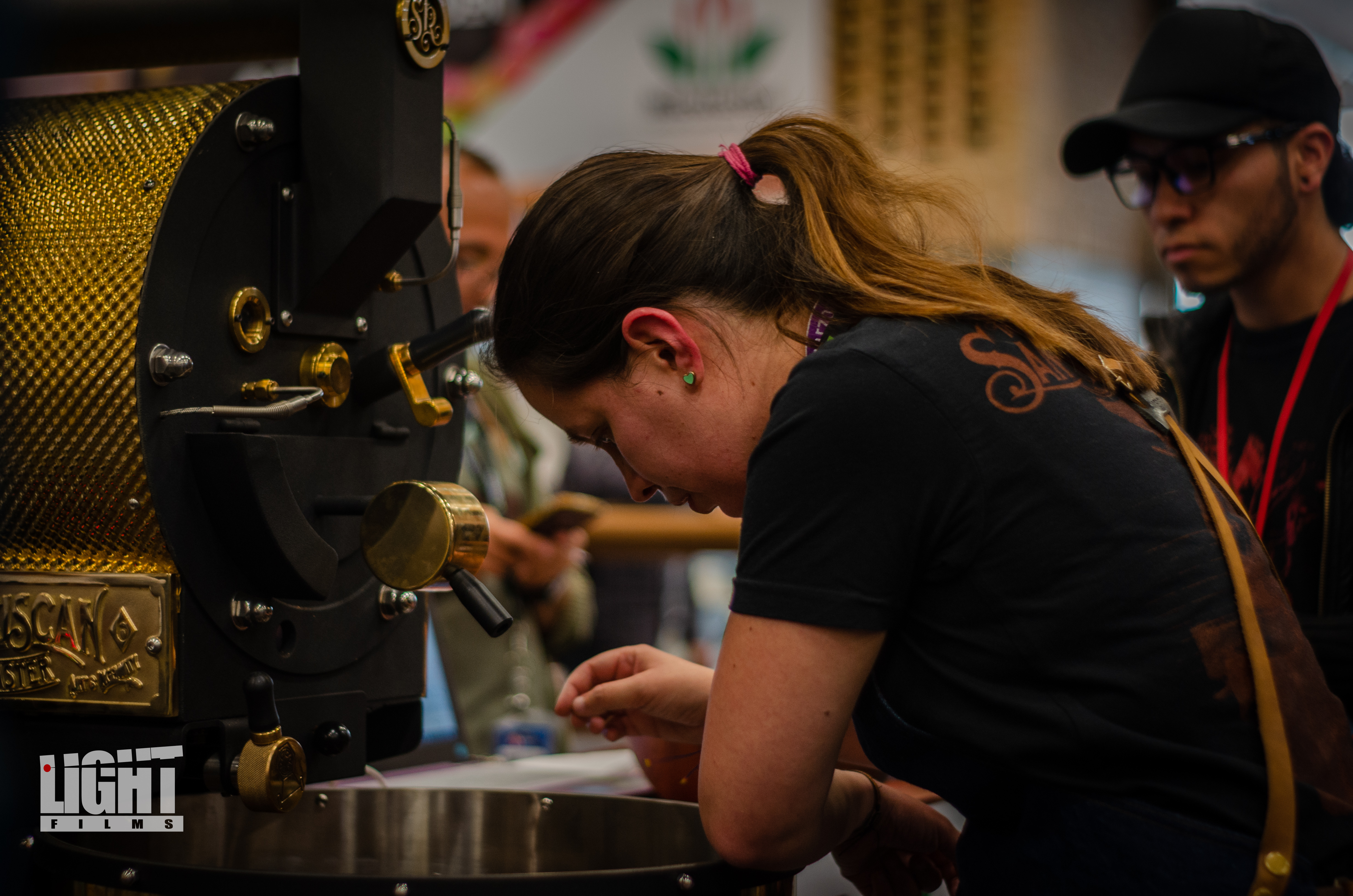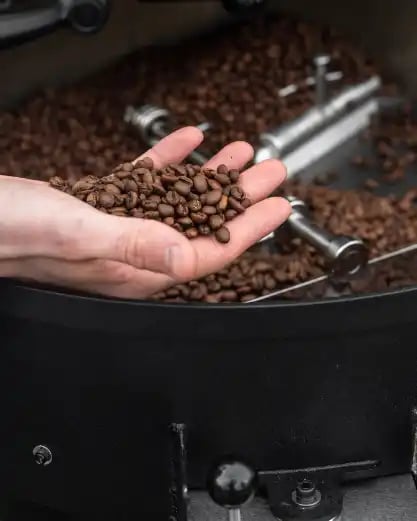
Posted by The San Franciscan Roaster Co.
Thu, Jan, 10, 2019 @ 10:01 AM

Topics: coffee roaster, commercial coffee roaster, SF6, small batch coffee roaster, coffee roasting, art of roasting
Posted by The San Franciscan Roaster Co.
Fri, Dec, 07, 2018 @ 11:12 AM

Topics: coffee roaster, small batch coffee roaster, coffee roasting, art of roasting, she's the roaster
Posted by The San Franciscan Roaster Co.
Wed, Sep, 26, 2018 @ 11:09 AM

Topics: coffee roaster, california coffee, coffee, small batch coffee roaster, microlot
Posted by The San Franciscan Roaster Co.
Thu, May, 17, 2018 @ 12:05 PM

Coffee roasting is a meticulously detailed process. Converting green coffee into a delicious roast takes time and precision but most importantly, it requires complete control. As with most things in this modern age, coffee roasting machines have gone on to become more automatic, more computerized in order to produce coffees at a faster pace. But coffee roasting is an art form that benefits from complete, personal control. Coffee roasters are the engines that propel any coffee shop forward. Make sure yours is built to last. The San Franciscan Roaster Company believes in the intrinsic value of handmade machines. Not only are our machines designed and built to last a lifetime, they are also incredibly beautiful. Each roastmaster should feel proud of their roaster, from how it works to how it looks. The San Franciscan Roaster Company can provide this and much more!
Topics: SF25, coffee roaster, commercial coffee roaster, roaster, tradition, legacy, sf1, who we are, SF75, SF6
Posted by The San Franciscan Roaster Co.
Fri, May, 04, 2018 @ 11:05 AM
Topics: SF10